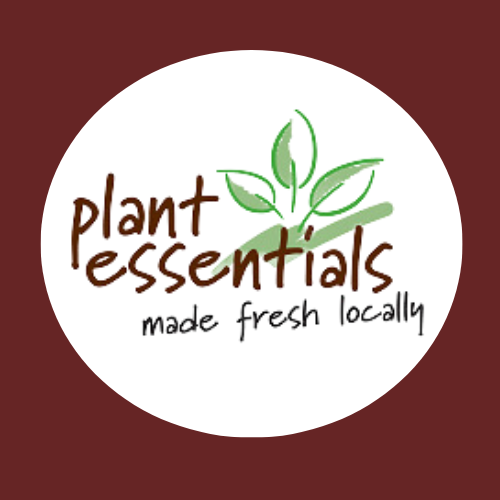
Discover The Health Benefits And Uses For Hibiscus Flowers
The hibiscus is a plant native to tropical, subtropical and warm-temperate regions. It is known for its ornamental flowers and is used for landscaping, culinary, commercial, and medicinal purposes by people living throughout the world. Hibiscus flowers are edible, whether consumed dried or fresh.

Plant acids make up approximately 20 percent of the plant. This plant is rich in minerals, vitamin C, and other antioxidants. When brewed as a tea, it has a flavor similar to cranberry juice and serves as a natural diuretic. A study published by the American Heart Association in 2008 found that hibiscus tea has properties that can lower blood pressure in adults who are pre-hypertensive or mildly hypertensive.
Tea made with this plant is popular in many parts of the world and is referred to by many different local names. One common name is Roselle. The tea is bright red in color and many people add honey or other natural sweeteners to counteract its slightly tart taste.
Due to its antioxidant properties, the tea can help maintain cholesterol levels already within a healthy range. This protects blood vessels from plaque buildup and can help reduce the risk of heart disease. Antioxidants help rid the body of free radicals, which are responsible for cell death in all body tissues.
Some people consume the tea hot while others prefer drinking it chilled. It is a healthy alternative to drinking sports drinks because it satiates thirst and tends to cool the body quickly. Its diuretic properties help flush toxins and waste products from the body.
Dried hibiscus is a culinary delicacy in Mexico. When candied, it is used to garnish various recipes. In the Philippines, it serves as a souring aging for local vegetables. Fresh flowers are added to salads or used to make jam in other parts of the world.
When used topically, hibiscus may provide additional health benefits. Therapeutic uses include using this herb to treat fungal infections. In India, natives use a dried powder to prepare a paste and apply it to the scalp to treat dandruff.
This herb can produce negative side effects for people with low blood pressure, or hypotension. It is not recommended for women who are pregnant because it may stimulate blood flow in the pelvic region as well as menstruation. In some individuals, it may cause an allergic reaction that leads to sinus congestion and itchy eyes. Individuals taking prescription medications should consult with a physician before supplementing the diet with any type of herb.
- Choosing a selection results in a full page refresh.
